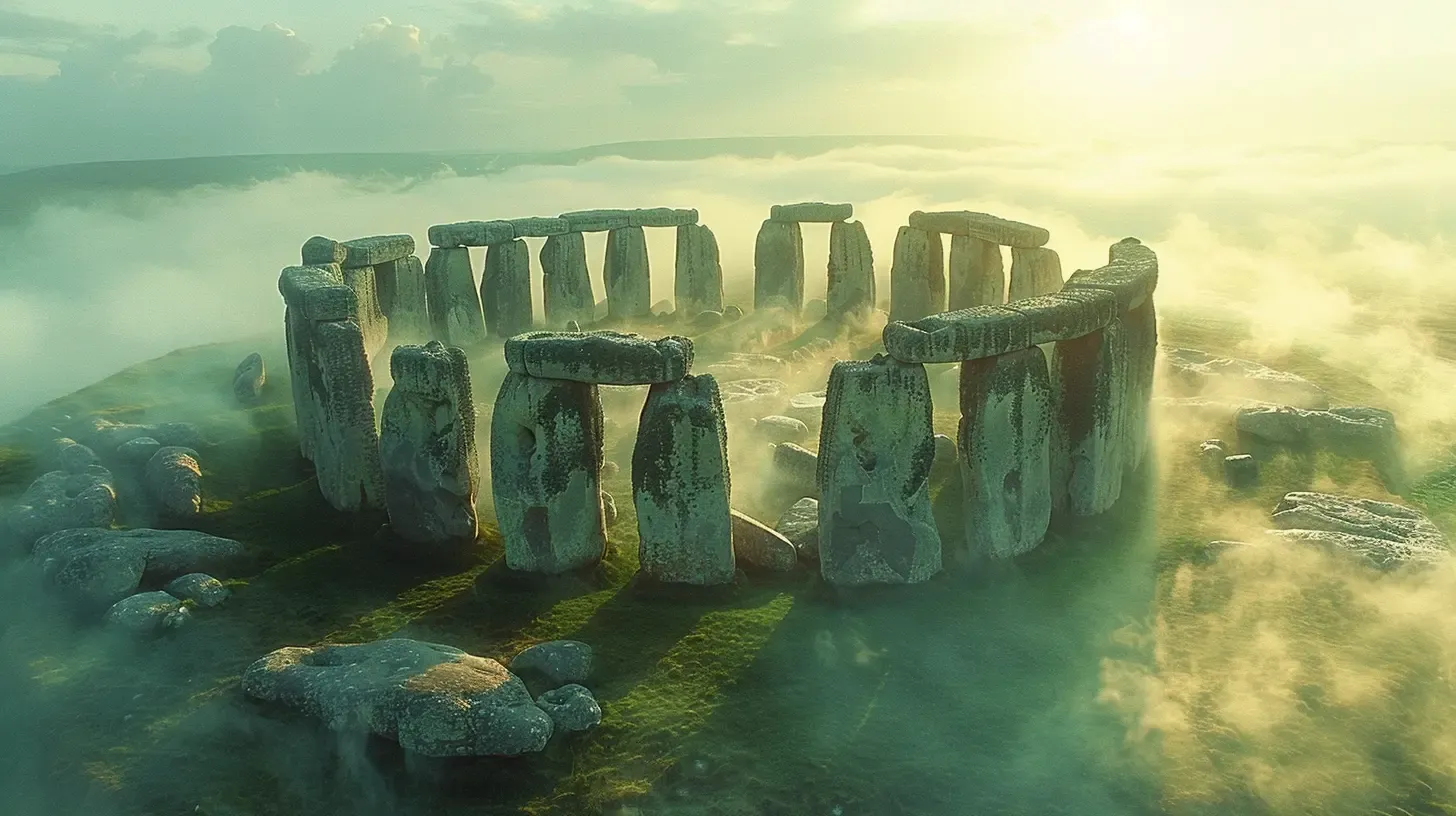23 February 2024
Mysterious Stonehenge Ancient Secrets and New Discoveries.

Press the play button in the top right corner to listen to the article
Nestled in the lush, green plains of Wiltshire, England, Stonehenge remains one of the world's most enigmatic prehistoric monuments. This ancient circle of standing stones, each towering up to thirteen feet high and weighing approximately 25 tons, has puzzled historians, archaeologists, and visitors for centuries. Despite its fame, the origins, purpose, and methods used to construct Stonehenge are steeped in mystery, making it a focal point for research and speculation.
Recent discoveries and advanced archaeological methods have shed new light on this ancient enigma, offering fresh insights into the lives of the people who built it. Stonehenge is believed to have been constructed in several stages, starting around 5,000 years ago, with the iconic stone circle erected in the late Neolithic period, about 2,500 BC. The site's alignment with the solstices suggests it held significant astronomical, spiritual, or ceremonial importance for its builders.
One of the most groundbreaking recent discoveries comes from the analysis of the stones themselves. Advanced geologic studies have traced some of the smaller bluestones to specific quarries in Wales, approximately 140 miles away from Stonehenge. This finding has reignited debates about how these stones were transported, with theories ranging from human and animal power to the use of waterways.
Moreover, recent archaeological digs and non-invasive radar technology have uncovered evidence of an extensive network of neolithic and bronze age monuments surrounding Stonehenge, including burial mounds, ceremonial pathways, and even earlier woodhenge structures. These discoveries suggest that Stonehenge was part of a much larger religious and ceremonial landscape, with significant effort devoted to its construction and use over millennia.
DNA analysis of human remains buried at the site has provided insights into the people of Stonehenge. These studies reveal a diverse community with genetic links across Britain and continental Europe, suggesting that Stonehenge was a monument of international importance. The analysis also supports theories that the builders of Stonehenge could have been part of a highly organized society, capable of complex construction projects and wide-ranging connections.
Despite these advancements, many questions about Stonehenge remain unanswered. The true purpose of the monument, whether it served as a temple, an astronomical calendar, a place of healing, or a site of ancestral worship, continues to elude definitive explanation. Additionally, the logistics of how ancient peoples, with only neolithic technology at their disposal, were able to transport and erect the massive sarsen stones remain a topic of lively debate among scholars.
The mysteries of Stonehenge continue to captivate the imagination of people around the world. Each new discovery adds a piece to the puzzle, yet the monument retains its air of mystery, reminding us of the ingenuity and spiritual depth of our ancestors. As research continues, Stonehenge stands as a timeless symbol of human curiosity and our quest to understand our past.
The content, including articles, medical topics, and photographs, has been created exclusively using artificial intelligence (AI). While efforts are made for accuracy and relevance, we do not guarantee the completeness, timeliness, or validity of the content and assume no responsibility for any inaccuracies or omissions. Use of the content is at the user's own risk and is intended exclusively for informational purposes.
#botnews















































































